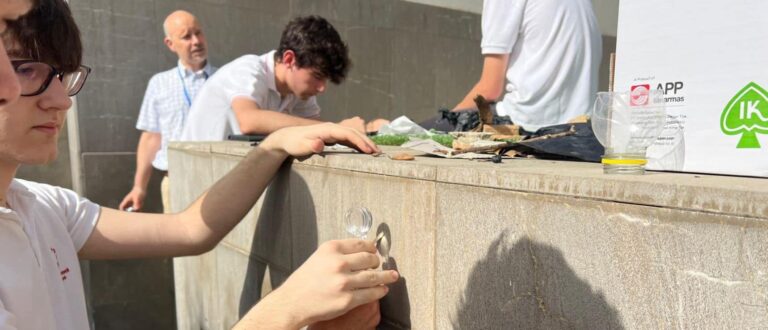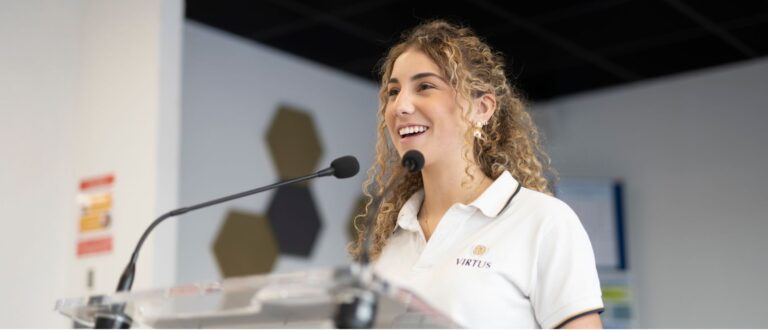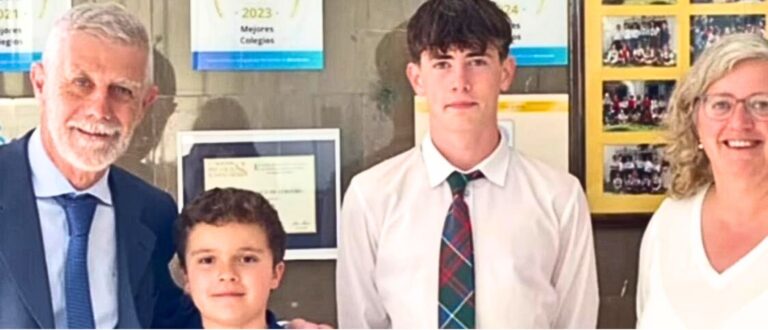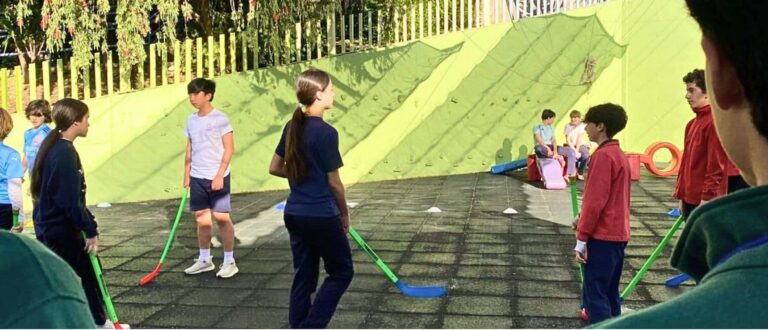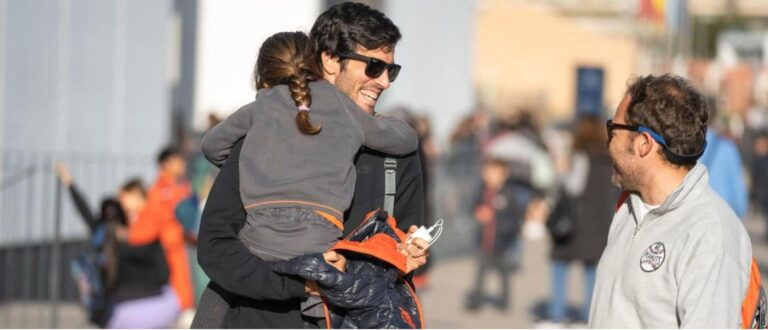As a school, we have the opportunity to contribute to the necessary decarbonization of the atmosphere in two ways. On the one hand, by reducing the carbon footprint generated by our community in our facilities, and on the other hand, by preparing our students to manage this challenge in the coming years.
We have installed solar panels in our facilities to provide us with solar energy for our own consumption. This is an important step forward on our way to becoming a green school and aiming to be a CO2 neutral facility.
For those knowledgeable about the subject, here are some figures that highlight the impact of this installation: 750 square metres of installed surface area with a maximum power of 145 kWp, which will provide approximately 62% of our necessary consumption. The ROI of the investment is 6.5 years. For this project, we have collaborated with the specialized engineering firm Solvat Renovables. If you would like to find out more about the technical details, both ourselves and Solvat’s engineers will be happy to respond to any inquiries.
Looking beyond the figures, the objective of this investment is to enable consistency with our educational project which, as you know, emphasizes sustainability, protecting the environment, and in particular the fight against climate change.
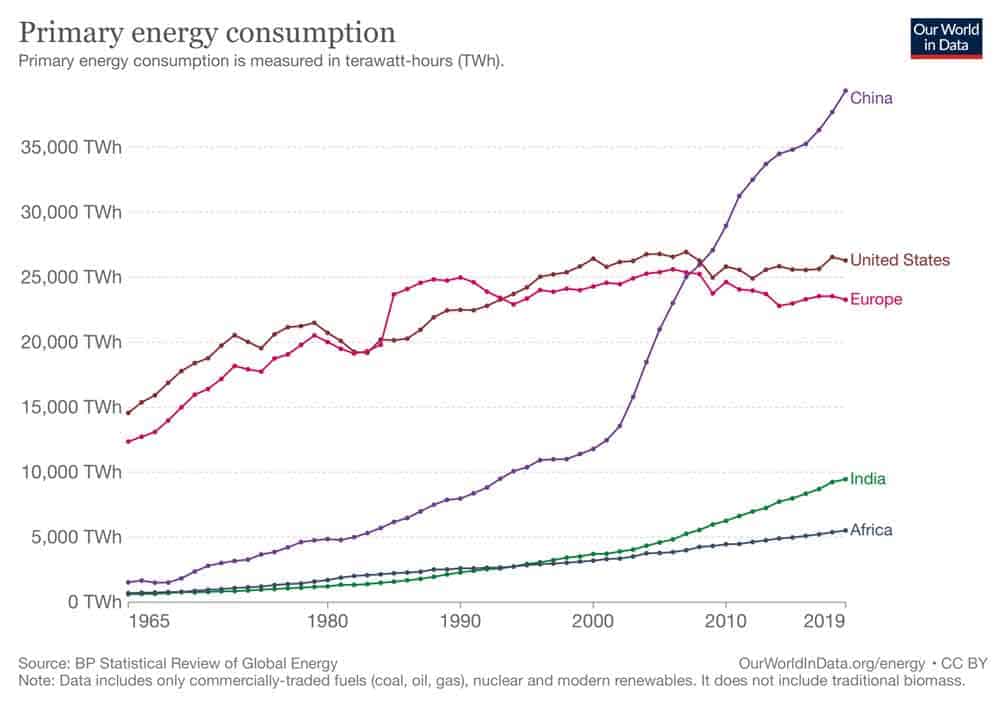
Even more important is our pedagogical approach to the problem. It is a fact that the world’s energy needs will continue to grow, and therefore policies and opinions advocating a reduction in energy use are unrealistic. Therefore, it is essential to confront this problem with the objective of achieving emissions neutrality. How will this be achieved? Following our model, the path comprises of three steps:
- Based on data, facts, and proven research accumulating factual and scientific knowledge of the problem.
- The use of science and technology to research and develop solutions compatible with well-being and progress.
- Action and change, applying a range of necessary solutions (technological, political, social)
All of this is an important part of the content we teach at St. Peter’s. Whatever the opinions any individual may have about this issue, without question this will be an important aspect that will condition the decisions students will have to take and provide them with employment and development opportunities.
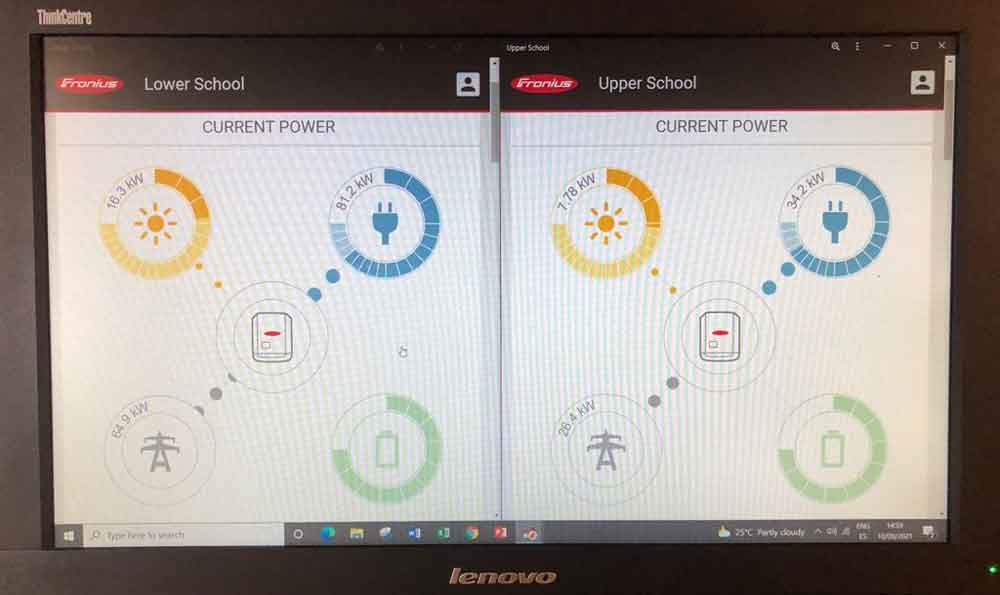
Finally, I would like to recommend three interesting books on climate change, which coincide with the vision that St. Peter’s holds and which are used by our teaching staff.
1- Hawken, P. (2017). Drawdown: the most comprehensive plan ever proposed to reverse global warming. New York, New York: Penguin Books. A range of social, scientific and political solutions, ranging from energy production to girls’ education. Each one of them with details of its impact and cost.
2- Shellenberger, M. (2020). Apocalypse never: why environmental alarmism hurts us all. First edition. New York, NY: Harper, an imprint of HarperCollinsPublishers. Another way to learn about the problem of climate change, from a renowned activist who advocates rational and enlightened environmentalism.
3- Gates, B. (2021). How to avoid a climate disaster: the solutions we have and the breakthroughs we need. First large print edition. New York: Random House Large Print. Showing his engineering background, Gates begins by defining the challenge to be solved: humanity releases 51 billion tons of CO2 into the atmosphere every year, and to prevent the effects of climate change we must reduce this amount to zero. A plan that he himself defines as technophile and optimistic.
By Jordi Ginjaume, St. Peter’s School General Manager

